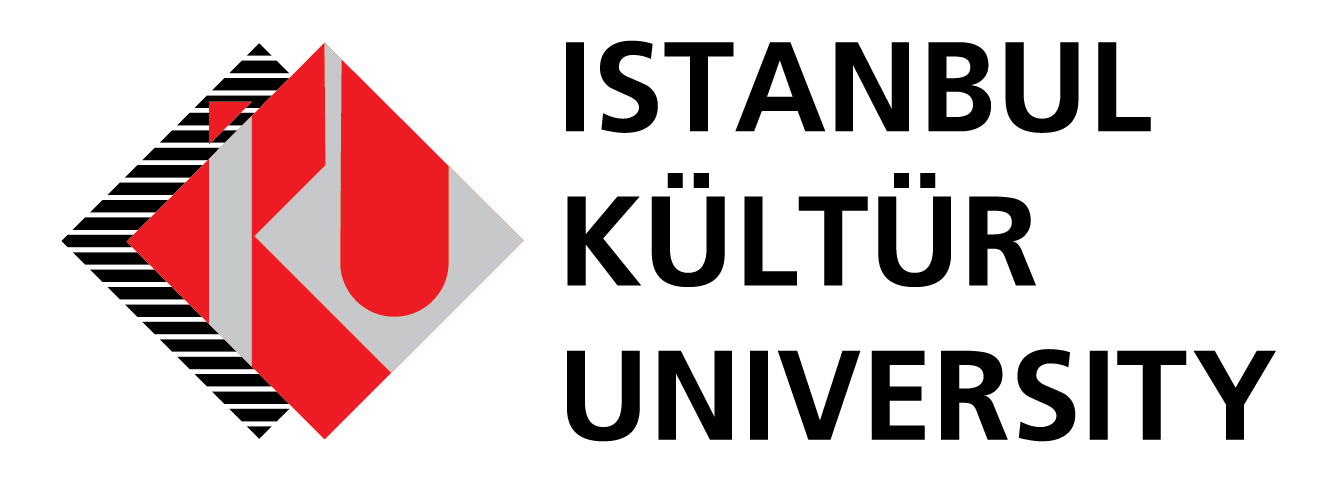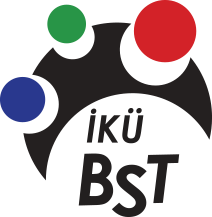1. What Is Distance Education and How Is It Done?
Distance education is an independent and modern education system that brings together students and instructors on the internet without the need to be in the same physical environment and enables education, research, and discussion.
The distance education applications that use the advanced facilities of communication and information technology in environments with an internet connection may vary. In this context;
- Students and instructors can have a synchronous and interactive class in a virtual classroom.
- The student can obtain information asynchronously at any time by accessing and utilizing the resources that the instructor has uploaded to the WEB platform on the internet.
- Classes can also be held using both methods together in accordance with the program content and technological facilities.
Asynchronous distance education is an education method in which students have 24/7 access to resources such as course/homework/exams and can study, discuss and do homework/take exams/give feedback whenever they want.
Synchronous distance education is an interactive education in the WEB environment (virtual classroom), which enables simultaneous communication between the students and instructor at pre-planned and determined times. In this kind of education, courses are taught during the determined classroom hours, in a virtual classroom environment, with the help of video and audio transmission and lecture resources.
2. What are The Benefits of the Distance Education Method?
- It provides equal opportunities to users as an education method independent of time and space.
- It is an educational system suitable for the needs, expectations and time of students.
- It is a low-cost education system which does not create problems such as distance, transportation, and attendance.
- It is a student-oriented, contemporary education system that uses advanced information and communication, technological infrastructure, and systems.
3. What is the Technical Equipment (Computer Features) Required for the Distance Education Program?
To participate in the distance education system, it is sufficient to have the following equipment on the computers of students.
For Windows Users:
- 1.4GHz Intel® Pentium® 4 or higher operating system.
- Windows XP, Windows Vista, Windows 7
- 32-bit scanner
- Minimum 1GB RAM (If you are using Windows Vista, we recommend using 2GB of RAM.)
- Minimum Adobe® Flash® Player 10.1
4. How Long is The Program Duration in Distance Education and How Many Courses and Credits Must be Received to Get a Diploma?
e-MBA course load (thesis) Council of Higher Education (YÖK) conditions are as follows:
- Course Load: 60 ECTS
- Thesis : 60 ECTS
- TOTAL : 120 ECTS
In this context, the overall workload of the student during the e-MBA program is as follows:
- Student Workload (course, video conference, homework, exam, preparation, study) = 60 ECTS
- Student Thesis Preparation = 60 ECTS
- Total Program Workload = 120 ECTS
Duration of the program (course + thesis): 4 semesters. (2 semesters course + 2 semesters Thesis)
Minimum 4 semesters / Maximum 6 semesters.
5. How to Register to The Program; and How Much is Tuition?
In order to be able to enroll in the program, the student must meet the conditions determined by YÖK and determined by İKÜ Institute of Social Sciences. You can obtain information from the İKÜ Institute of Social Sciences (Tel: 0212-4984665) and/or from İKÜ-UZEMER (Tel: 0212-4984400; e-mail: uzemer@iku.edu.tr).
The e-MBA program costs 10,500 TL (VAT included) for the 2013-2014 Academic Year. This fee can be paid as follows:
- 12 equal installments with a credit card during registration or
- 1/4 of the fee can be paid during the registration from the student’s overdraft account that is opened in the İş Bank İKÜ Branch and the remaining balance is then paid in 11 equal installments.
Those who fail to complete the program in 6 semesters can continue the program by paying the fees determined according to the relevant regulations.
The military service postponement applied in all graduate programs is valid as of the date of enrollment in the program.
6. How are the Program Designs, Classes, and Exams in Distance Education?
The program with thesis consists of 4 semesters in and every semester includes 14 weeks of education/thesis writing.
In the first 2 semesters (1st and 2nd semester), the student takes 5 courses in each semester and 10 courses in total. At the end of the semesters, course exams are taken.
Courses include a total of 3 hours per week, including 2 hours of asynchronous courses and 1 hour of synchronous courses.
In asynchronous courses, as stated above, the student studies by accessing the resources that the instructor has uploaded in the WEB environment for that week, regardless of time and place.
Simultaneous (synchronous) courses are held once a week for 1 hour, in the “Virtual Classroom” created in the WEB environment with the participation of faculty members and students. In general, this course is carried out in the form of repeating, discussing and answering students' questions.
Midterm exams are at the discretion of the instructor. For midterm exams, the instructor can prepare an exam, give homework or do both in an electronic environment in accordance with the predetermined program.
The final exam is a written exam taken at a designated center (İKÜ campuses or another designated center) under the supervision of a faculty member and assistants. The final exams are held at the end of the semester, on the 3rd and/or 4th week (Saturday-Sunday). Exams (5 course exams) take place on the same weekend or on the following weekends. Students must attend these exams at the designated and announced times and pass them.
In the program with thesis, the students prepare their thesis with the help of a faculty member in the last 2 semesters (3rd and 4th semester).
7. How are The Courses Held in Distance Education?
Courses are held in the CATS/SAKAI web environment, which is the distance education and communication support/sharing environment of the University. On this WEB platform, there is a page for each course the students take. Therefore, there are 5 course pages on the CATS/SAKAI platform in one semester. These course WEB pages ensure highly advanced communication/sharing between students and instructors. In this context, the course web pages offer communication/sharing opportunity regarding;
- Course contents (Syllabus)
- Academic calendar
- Announcements
- Resource sharing (PP, WORD, JPG, EXCEL, SSR, etc.)
- Homework
- Messages
- Social sharing (chat)
- Participant profiles
- Virtual classroom (Synchronous course environment)
The instructor uploads announcements, resources, homework and other necessary information about the courses each week onto the relevant course WEB page. Students can access these resources at any time (asynchronous course).
In addition, the instructor and students make course reviews and conduct discussions in the Virtual Class every week on the same WEB environment as a synchronous course.
8. Is Attendance Compulsory for the Courses/Exams in Distance Education?
Asynchronous courses are conducted with the help of resources available to the student at any time. Therefore, there is no attendance is not compulsory.
Synchronous courses conducted in an environment where the instructors can respond to the students' questions and can discuss the subjects together. Attendance is not compulsory for these courses either, but attendance is strongly recommended as it contributes greatly to the learning process.
Attendance, just like the mid-term exams/assignments, is at the discretion of the instructor.
However, attendance is compulsory for final exams.
9. How is the Thesis Writing Process? How is the Diploma Obtained?
Students who have earned 60 ECTS in the courses and examinations prepare a master thesis worth 60 ECTS credits with an advisor. The thesis preparation period is 2 semesters. During this period, the student and his/her instructors meet face to face at predetermined times or in an electronic environment (asynchronous and synchronous) and exchange ideas about the thesis. With the approval of the faculty member, the thesis prepared by the student is submitted to the institute and it is defended by the student in front of a determined jury. With the decision of the jury, the student is awarded 60 ECTS credits.
After 120 ECTS credits are earned from the courses and the project, the student is entitled to get a postgraduate diploma from the Distance Education program.
10. How Can I Get Further Information on Distance Education?
You can get further information by contacting the İKÜ Institute of Social Sciences (Tel: 0212-4984665) and/or İKÜ-UZEMER (Tel: 0212-4984400; e-Mail: uzemer@iku.edu.tr).
11. Do I Have the Right to Apply for a Doctoral Program after Receiving a Master's Degree with Distance Education?
There is no difference between the postgraduate diploma you receive and a diploma received with formal education. If you have completed the Distance Education thesis program you have the right to apply for a doctoral program.


